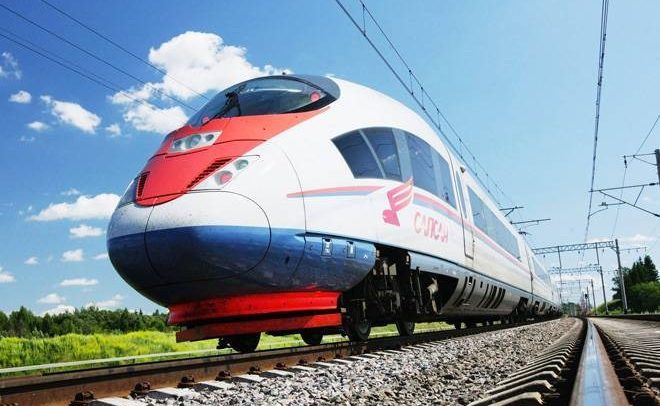The travel duration between Delhi to Alwar is going to be reduced to less than two hours, with the introduction of a new rapid transit corridor. Got approved from the National Capital Region Transport Corporation (NCRTC) Board in December 2018, the project is named as Delhi-Gurugram-SNB (Shahjahanpur-Neemrana-Behror) Urban Complex. It has also got a nod from the Haryana Cabinet in February as well. The 106-km long corridor will run from Delhi to Alwar via Gurugram and Rewari.
By, a transit corridor, we generally mean that it is a linear area that is defined by one or more modes of transportation like highways, railroads or public transit which share a common course.
Excluding one year of pre-construction activities, the project is likely to be completed in about five years and approximately Rs 24,975 crore have been fixed for its base construction work. It will be funded by the Central government and the concerned state governments by 20% each and the bilateral/multilateral funding agencies will bear 60% of the expenditure, as per reports.
Its three-phased construction work will incorporate, the Delhi-Gurugram-Rewari-SNB Urban Complex, as the 1st stage of construction. Secondly, this corridor will be extended from SNB Urban Complex to Sotanala and in the third stage, the corridor from SNB Urban Complex to Alwar will be constructed.
The 106 km long corridor will be featured with about 71 kms of elevated rail-route which will be pass through Manesar, Bawal and Neemrana, while the remaining 35 kms track will be built underground, with most of its parts in Delhi and Gurugram. Again it will be dotted with a total of 11 elevated-stations plus 5 underground ones.
The corridor will converge at Sarai Kale Khan with other RRTS (Regional Rapid Transit Systems) corridors and would facilitate the movement of passengers from one corridor to another without changing trains.
On this new rapid corridor, RRTS trains will be available at each 5-10 minutes of gaps. With a speed of 180kmph these trains will be fully air-conditioned with transverse seating and overhead luggage space. There will be a special coach reserved for women and people with special needs will be facilitated with seating arrangements prior to any other passengers. With an expected total of 9 coaches, a business class coach would also be available in every train.

